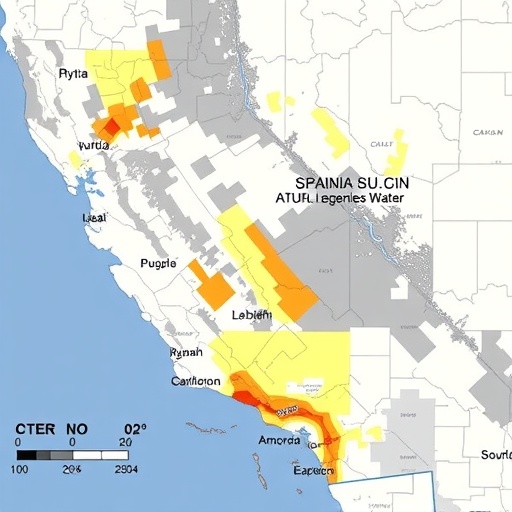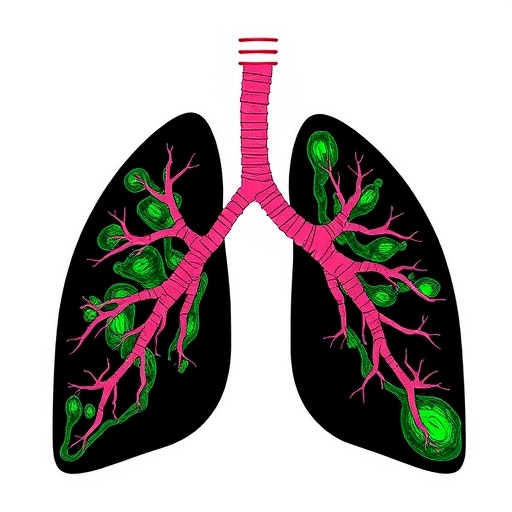In a groundbreaking development, artificial intelligence (AI) is fundamentally reshaping the landscape of protein design, offering revolutionary methods for engineering proteins with custom functionalities across various domains, such as drug discovery, biotechnology, and synthetic biology. This transformation is not merely incremental; it represents a quantum leap into the future of protein engineering, unlocking pathways that were previously unthinkable due to the immense complexity of protein sequence space. The intricate web of sequences, structures, and functionalities that define proteins has long posed challenges, but AI’s rapid advancements now empower researchers to tackle these issues with unprecedented precision and efficiency.
At the heart of this transformation is an actionable roadmap crafted for protein designers. This framework serves as a critical guide, outlining step-by-step methodologies for seamlessly incorporating state-of-the-art AI tools into protein design workflows. The roadmap emphasizes key components, including predictive models for structural and functional traits of proteins as well as generative models designed for de novo protein creation. Such tools have the potential to streamline the design process, allowing for the exploration of novel protein designs that meet specific criteria much quicker than traditional methods.
Illustrating the roadmap’s practical applications, a series of case studies highlight the successes achieved through AI-driven protein design. One significant example involves the engineering of therapeutic proteins aimed at addressing various diseases. By employing AI models, researchers can identify optimal protein structures that are not only more effective in therapeutic applications but also exhibit reduced side effects, opening new avenues for treatment options. This level of precision in protein engineering represents a paradigm shift that is likely to have far-reaching implications for healthcare.
Moreover, AI is playing a transformative role in unlocking new enzyme functions and reprogramming biomolecular systems. The ability to design novel proteins that can catalyze specific biochemical reactions is crucial for advancing biotechnology. As AI tools predict and evaluate protein interactions and modifications with greater accuracy, creating innovative enzymes tailored for specific tasks becomes increasingly possible. This could lead to breakthroughs in various applications, ranging from biofuels to waste management and beyond.
Looking into the future, the trajectory of AI in protein design appears to be heading toward even greater integration with synthetic biology. This could initiate a new era where engineered biological systems are developed with speed and efficiency previously thought unattainable. The combination of AI with synthetic biology may enable scientists to build sophisticated biomolecular systems that can respond dynamically to their environments, thereby addressing critical challenges in sustainability, healthcare, and environmental protection.
As the wave of AI-driven protein design continues to unfold, it is crucial for the scientific community to remain engaged in discussions regarding its ethical implications and the responsible use of such powerful technologies. Ensuring that these innovations are harnessed for beneficial purposes should be a collective priority. This responsibility extends not only to researchers and practitioners but also to policymakers and regulatory bodies, ensuring that the advancements in AI and protein design yield lasting positive impacts on society as a whole.
The technological advancements seen in AI not only enhance the capabilities of researchers but also democratize access to sophisticated design tools. Researchers in resource-limited environments can now leverage AI technologies almost on par with their counterparts in well-funded labs. This equalization can stimulate innovation across diverse settings, fostering a global scientific community that cooperates and collaborates to push the frontiers of knowledge.
Furthermore, as AI learns from vast datasets of protein sequences and structures, the potential for cross-disciplinary applications expands exponentially. For example, insights gained from structural biology may inform approaches in materials science, leading to the development of new synthetic materials inspired by natural proteins. This highlights the versatility and endless possibilities that arise from merging AI with various scientific domains, creating a fertile ground for interdisciplinary innovation.
AI-driven protein design is not limited to merely theoretical advancements; it is already facilitating practical solutions to real-world problems. Take, for example, the ongoing efforts to combat antibiotic resistance. Scientists are now utilizing AI to engineer new proteins that can overcome resistant bacterial strains, effectively offering new hope in the fight against infections that were previously deemed untreatable. These developments reflect the urgent need for innovative approaches in biotechnology, demonstrating AI’s capacity to address pressing global health challenges.
As the field continues to evolve, it is anticipated that new breakthroughs will emerge from unpublished research, with scientists regularly reporting remarkable findings that further illustrate the power of AI in protein engineering. Researchers are becoming increasingly adept at developing algorithms that not only predict protein structures with high accuracy but also overcome historical limitations posed by the unpredictability of protein folding and function. This evolution signifies a pivotal moment in biological research and Applications.
Collaborative efforts among academia, industry, and AI technology companies will be essential to sustaining the momentum of this revolution. Interdisciplinary teams that unite expertise in biology, computer science, and engineering are well-positioned to drive innovation. Institutions must foster an environment that encourages the exchange of ideas and methodologies, propelling the field of protein design to new heights.
In summary, AI-driven protein design represents a significant advancement in our approach to engineering proteins for diverse applications. With its capacity for rapid exploration of sequence space and the potential to craft finely tuned proteins, AI lays the foundation for innovative breakthroughs in drug discovery, biotechnology, and synthetic biology. The future promises exciting developments, and as researchers harness these tools, they will undoubtedly unlock new frontiers in the quest to understand and manipulate the very building blocks of life.
In conclusion, the protein design landscape is poised to become increasingly dynamic and adaptive, fueled by the seamless integration of AI technologies. As we move forward, the collaborative potential of this interdisciplinary science will redefine what is possible, ultimately creating a healthier, more sustainable world through revolutionary advancements in protein engineering.
Subject of Research: AI-Driven Protein Design
Article Title: AI-driven protein design.
Article References:
Koh, H.Y., Zheng, Y., Yang, M. et al. AI-driven protein design.
Nat Rev Bioeng (2025). https://doi.org/10.1038/s44222-025-00349-8
Image Credits: AI Generated
DOI:
Keywords: AI, protein design, biotechnology, synthetic biology, therapeutic proteins, enzyme engineering, drug discovery, interdisciplinary innovation, antibiotic resistance, protein structure prediction.




